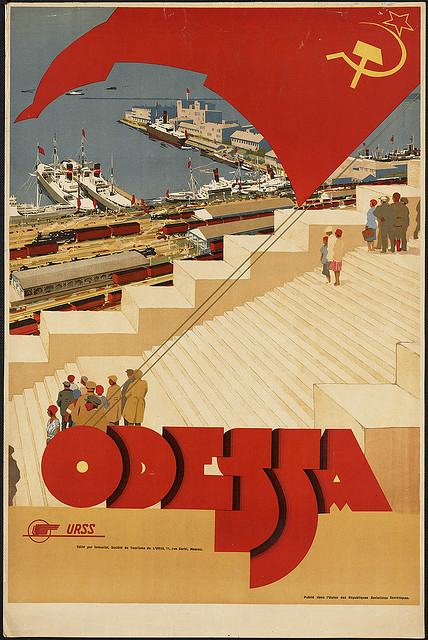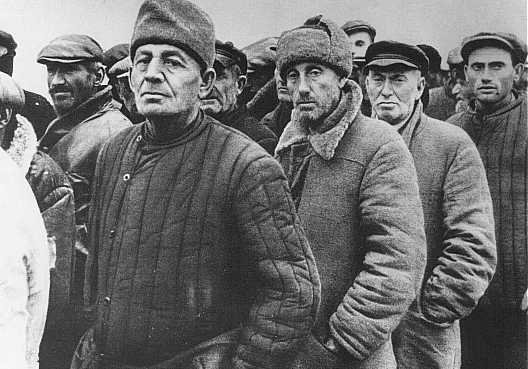With access to Turkey and its closeness to the rest of Europe, Odessa is an international human trafficking hub. Women and orphans from Odessa or even poorer areas like rural Moldova travel to the city to find good jobs abroad, and are promised them by traffickers before their passports are taken away and they are sold into slavery or work as prostitutes within the city.
Building on this issue is the HIV/AIDS epidemic that began in Odessa in 1987 and has spread to the rest of Ukraine. The epidemic is still plaguing the city, and it's estimated that about 150,000 people in Odessa are infected with HIV/AIDS, stemming from the prostitution industry and closely connected drug culture. The population goes unchecked because those with a confirmed virus are labeled the "dregs of society" and treated as lepers. They are fired from their jobs, or, in the case of children born with the disease, are not allowed in school. Many were booted from their homes and live in old tuberculosariums, unable to afford medications to stave off the disease.
Another group heavily affected by the drug culture and HIV/AIDS are Odessa's street children, children who came to the city for money, fled alcoholic parents or are orphans, and live in the sewers and sometimes the very same catacombs that housed the WWII partisans. Most are addicted to an injectable homemade amphetamine nicknamed "Boltushka", which can cause immediate paralysis, death, and encephalitic shock. Many drug users are as young as 12.
Still today, many real-life issues and crises are covered up by the tourist vision of Odessa as the premier vacation destination for much of eastern Europe, a type of myth-making that hasn't changed since its inception. Whether the problems are literally underground or only figuratively, they are real, and like the resilience of the partisans, or of the legacy of Jewish life in Odessa, will likely never go away.
Sources:
http://www.guardian.co.uk/law/2011/jul/02/odessa-ukraine-sex-trafficking-investigation
http://www.aids-ukraine.com/odessa/odessa_e/tb_hospital.html
http://www.ncbi.nlm.nih.gov/pubmed/18976896
Still today, many real-life issues and crises are covered up by the tourist vision of Odessa as the premier vacation destination for much of eastern Europe, a type of myth-making that hasn't changed since its inception. Whether the problems are literally underground or only figuratively, they are real, and like the resilience of the partisans, or of the legacy of Jewish life in Odessa, will likely never go away.
Sources:
http://www.guardian.co.uk/law/2011/jul/02/odessa-ukraine-sex-trafficking-investigation
http://www.aids-ukraine.com/odessa/odessa_e/tb_hospital.html
http://www.ncbi.nlm.nih.gov/pubmed/18976896







